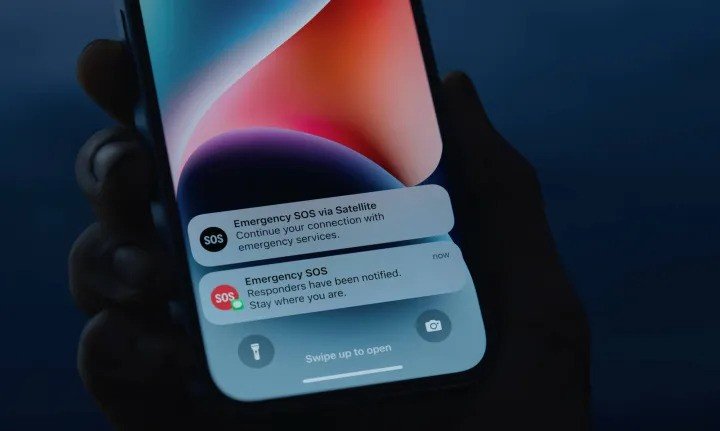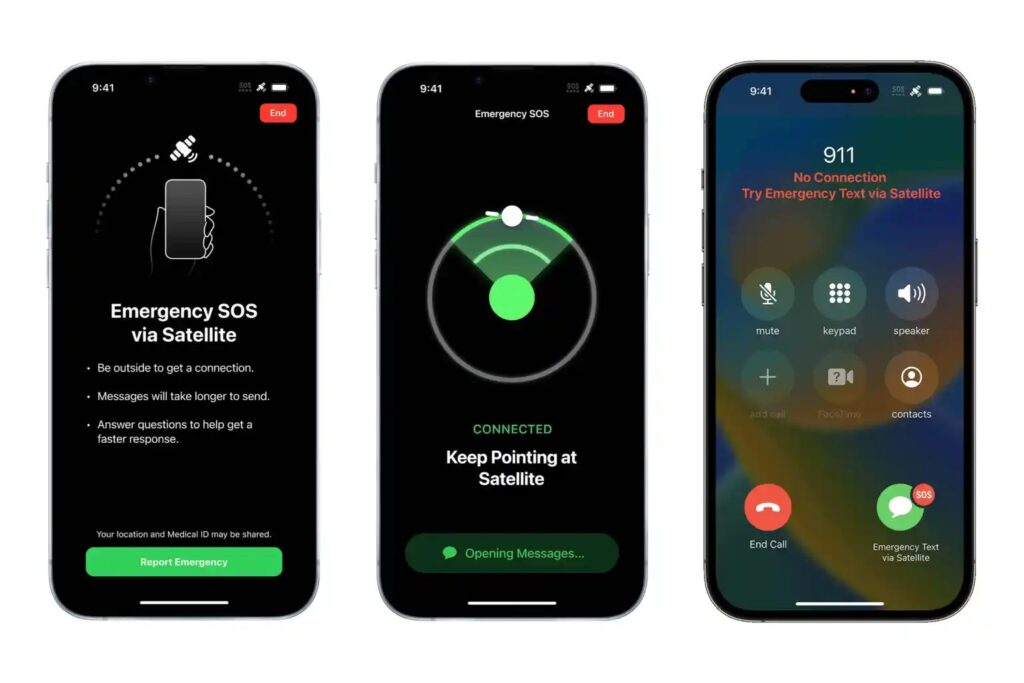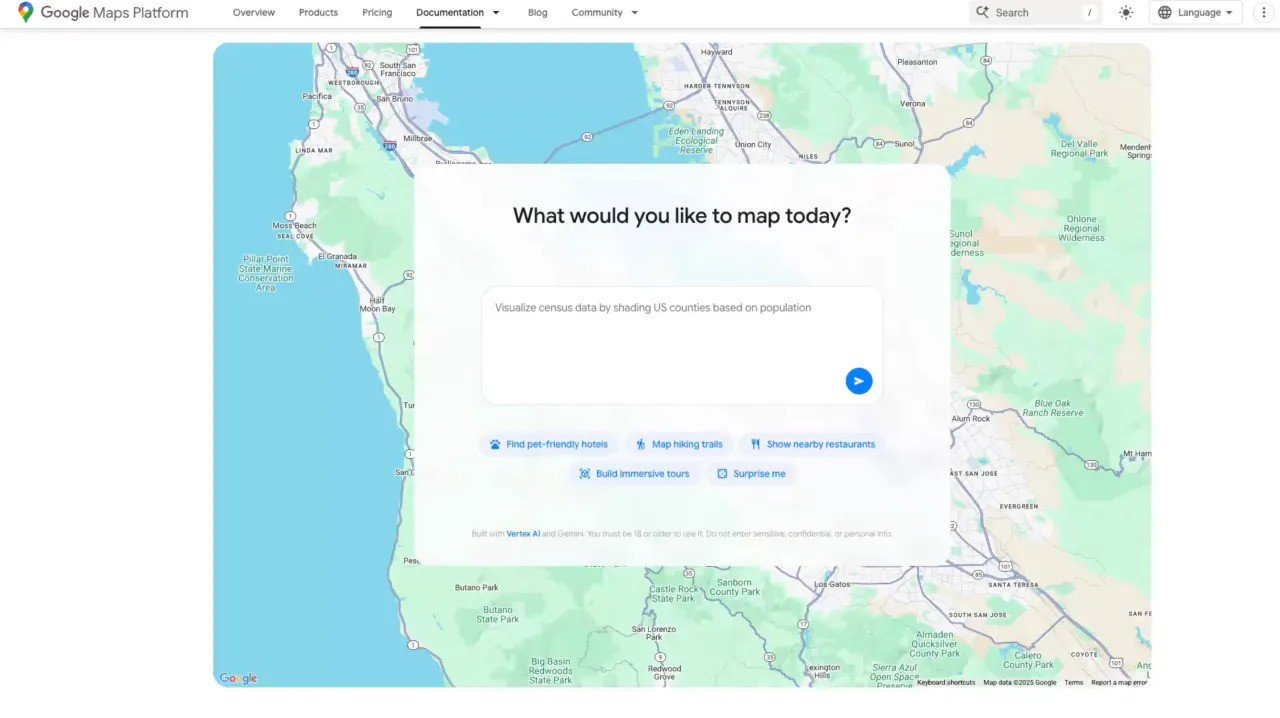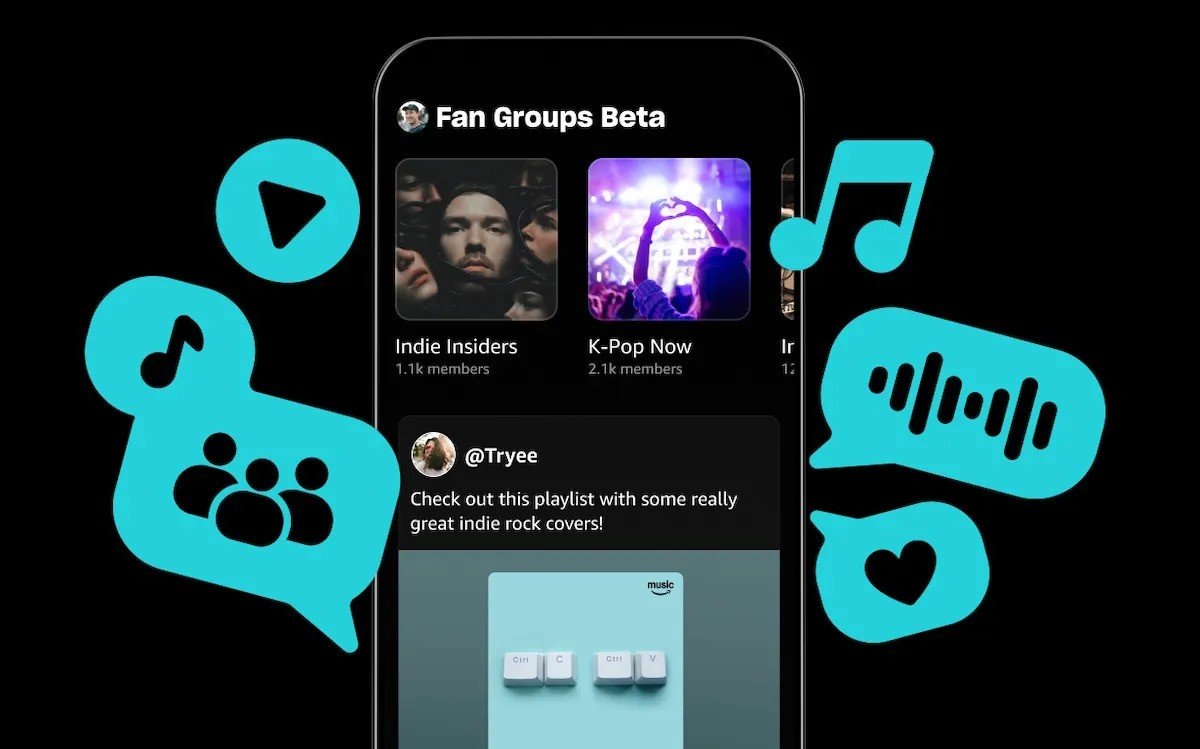Apple’s next generation of iPhones may soon take a major leap in connectivity, one that could keep you online even when you’re far from a signal. The company is reportedly developing advanced satellite features that go well beyond emergency use, unlocking messaging, navigation, and third-party app access even when you’re off the grid.
According to Bloomberg’s Mark Gurman, Apple is working to strengthen its position as the world shifts toward hybrid cellular-satellite communication. Part of this push involves a new satellite framework that would allow third-party developers to build apps capable of working independently of cellular or Wi-Fi networks. In other words, the same connectivity that once saved lives in emergencies could soon power your favorite travel, hiking, or productivity apps.

Apple’s Next Connectivity Frontier
The Cupertino giant isn’t stopping with apps. Apple is reportedly planning to bring satellite-powered functionality to Apple Maps, allowing users to access navigation tools even in areas with zero signal. For anyone who’s ever lost service mid-route in remote regions, this could be a game-changer.
Today’s iPhones already support two core satellite features, Emergency SOS and Messages via Satellite, both of which require users to have a clear line of sight to the sky. That’s likely to change. Sources suggest that the next evolution of Apple’s satellite system will work more seamlessly, maintaining a connection even when the iPhone is indoors, in a car, or tucked away in a pocket.
From Emergencies to Everyday Use
Another major upgrade on Apple’s radar is broader bandwidth. Current satellite links can transmit text and minimal data, but future iterations might handle images and richer media. This could make it possible to share photos or use visual mapping tools in places where traditional networks don’t reach.
Even more significant is Apple’s potential integration of 5G NTN (Non-Terrestrial Networks), technology that enables standard cellular networks to extend coverage through satellites. This would essentially merge ground and space infrastructure, ensuring users stay connected almost anywhere on Earth.
Together, these enhancements mark a shift from emergency-only functionality to continuous satellite support, blurring the lines between online and offline.
Why This Move Matters
Apple’s initial satellite ambitions were tied to paid service plans, but the company appears to be rethinking that approach. The latest reports indicate these features will remain free, at least for now – serving as a strategic differentiator to keep iPhone users within Apple’s ecosystem. It’s a smart move in a market where loyalty increasingly depends on exclusive functionality rather than hardware specs alone.
That said, the company could eventually let carriers charge for advanced satellite capabilities, giving users an option to upgrade their connectivity tier.
What’s Next for iPhone Users
Industry analysts believe these new tools could debut with Apple’s 2026 lineup – including the rumored iPhone Pro, iPhone Air, and foldable iPhone models. Once launched, they could fundamentally reshape how people think about connectivity.

Beyond emergency response, satellite-enabled messaging, maps, and third-party apps point toward a future where iPhones are universally connected – no matter where users travel. To make that vision possible, Apple’s satellite partner, Globalstar Inc., will reportedly need to expand its infrastructure to handle the increased data and global demand.
Apple has long been known for turning technical limitations into consumer-friendly experiences, and its next move in satellite communication could be one of its boldest yet, redefining what it means for a smartphone to stay connected.










